As part of our ongoing blog series aimed at increasing state research on career and technical education (CTE), Austin Estes, Senior Policy Associate at Advance CTE, and Corinne Alfeld, Research Analyst at the Institute of Education Sciences (IES), are conducting interviews with individuals who are part of successful CTE State Director research partnerships. The first interview was with Jill Kroll of the Michigan Department of Education and Dan Kreisman of Georgia State University (and Director of CTEx). [Note: this interview has been edited for length; you can find the full interview transcript here].

The first question we have is about the projects that you work on together: what were some of the research questions you came up with, and how did you come to settle on those research questions?
Jill – I first connected with Dan and with Brian Jacob at University of Michigan when I saw Brian present to our P-20 council about some research that he was doing connecting the wage record data for five community colleges. I was like “Gee, is there any way you can do something similar with the statewide secondary student data?” And he said it was possible. So I worked within our department procedures to find out how we could go about establishing a relationship that would allow this opportunity.

Dan – That led to a whole bunch of other discussions of things that we thought were interesting. So, to say that there is a set of research questions is not the way I view our relationship. We talk with folks in Jill’s office regularly to hear what questions are pressing for them, and then we try to help facilitate answering those and then see where those lead us. I think one of the important things is we try to think about where there are policy levers, so we want to say “If we answer this question, how can the state or the districts use that information to further their mission of providing CTE programming to students in Michigan?”
Jill – I’ve been really happy with the extent to which Dan and the research team have consistently focused on the “so what?” Rather than focusing on vague research questions of interest only to other researchers, they have emphasized their interest in doing research that has practical application, that can be used by educators in the field.
Could you share an example of how you’ve been able to use some of this evidence and research to change policy, or at least to shape your understanding on some decisions that you’re making at the state level?
Jill – When we were starting to work on our Perkins V [the Strengthening Career and Technical Education for the 21st Century Act] state plan, we had a short time to determine what we wanted to consider for our secondary indicator of program quality. Because Brian, Dan, and their students had been working with this data for so many years, they had the capacity to very quickly do the matching and come up with an approximation for us about what postsecondary credit attainment would look like, and what strengths and weaknesses they saw in the data. It would have been really difficult for our office, or even multiple state agencies, to have been able to work that quickly and give it the critical analysis that they did.
The other thing they did when we were making the decision for that indicator is look at the data that we had for work-based learning and tell us what could be done with it. What came out of that was that the data was not in any form that could be analyzed (text and PDFs). This was really revealing to our State Director Brian Pyles, and it led him to set a policy that we are going to build a consistent way of collecting data on work-based learning. So that is another piece where it influenced practice and policy. One of the most exciting and valuable things that I find about the partnership is that Dan and the other researchers have a lot more capacity to analyze the data in a way that we just don’t have the time to do. Sometimes we don’t have the expertise, and sometimes we just don’t look at the data in the same way.
Dan –And there’s a flip side that without their input, we often are looking at data and can’t make heads or tails of something. And we can get on the phone or write an email to someone over there and say “Hey we’re seeing this thing. Can you tell me what that means?” And they will come back with “Oh, the system changed” or “There was this one policy,” and “Here’s what you have to do to make it fit everything else.” And this happens all the time. We would be completely lost without this open channel that we have to their office.
I think it’s important not to dismiss the power of good descriptive work. Lots of times, the questions that states are grappling with can often be illuminated with some really careful and good descriptive work. You can say, “This is what we’re seeing, this is the big picture,” if you step back for a minute, and that information lots of times has been as valuable as the stuff we try to do that is more causally oriented in our research.
Jill – I agree, and I want to follow up on the whole issue of how important trust is. I cannot emphasize enough how important it is to me that Dan and the other researchers come to us with those questions, that they check in with us. That’s absolutely critical. Anyone who works with any kind of data knows that it’s just so complex. If you link tables wrong, or misunderstand a data field, you can come to a completely wrong decision. So that communication and that interaction and trust are key to accurate outcomes.
As you’re both looking ahead, what’s next on the agenda? What are some of the research questions and priorities you have for this partnership?
Dan – Number one is tracking students into the labor market. That’s our biggest and most outstanding question. And the degree to which CTE programs are preparing students for college and the labor market and careers. In terms of other projects, one of the things we’re interested in is technical assessments. We’re also part of a consortium of several states – that’s the CTEx group. We meet annually together, and that allows us to harmonize things across states to see how trends are similar, how enrollment rates work, all sorts of different questions across multiple states.
Jill – One of the things we’re talking about right now is that we don’t have, in an accessible form, data on access to a particular program. We know that career centers serve certain districts, but if someone asked, “If student A is going to Central High School, what programs do they have access to?” we don’t have a good way of answering that at the moment. We’ve had a couple of discussions about how we can work together to build basically a dataset that clarifies that. That would be mutually beneficial and would take resources from both in order to do something like that.
Thinking back on this partnership, is there any advice you would give to other State Directors or CTE researchers?
Dan – Building a strong relationship is the first thing you have to do. And part of that is spending time face to face talking about questions, moving around ideas, looking at data together. We had the benefit of a long windup period. We spent at least a year just talking about questions and putting together data before we even started doing any analyses. We also had buy-in from Jill’s office up and down the line from folks who were doing the research to people who were in policymaking roles. And without all of that, none of this would even have been possible.
And the second part is to not downplay the value of just providing good information. A lot of us on the research side don’t realize how little time folks in the state offices have to take a step back and say, “What’s going on with our data? Let’s look at the big picture.” And one of the things we can provide them is just giving them that big picture and handing it to them in a digestible way. And doing that is the first step, is a really good way to start building that trust. They really see the value of what you can do early on. And then you can start to get into more difficult or longer-term questions.
Jill – The first advice I would give is: Do it! Partner with researchers. I can’t say enough positive about it. The second is: Follow department procedures and be transparent with department leadership. You know that windup might be really, really slow while you jog through the channels that you need to in your department to do things by the book, but I think it pays off in the long run.
My third one is: Be transparent and open with school districts. Share what you’re doing and invite their input. Anybody who works with state data would probably know, you’re always a little hesitant about what the public would think about this use of data. The way that Dan and the postdocs and graduate students have openly shared the work that they’ve done with our CTE administrators has really helped, in that I have not gotten any doubt from districts.
The full transcript can be accessed on Advance CTE’s website. Other blog posts in this series can be viewed here.




 Overall, micro-credential earners interviewed for this study perceived their experiences favorably and believed that efforts to earn such credentials would result in economic mobility through higher education and income levels. Earners indicated that micro-credentials allowed for more timely feedback and that each credential motivated earners to continue their progression. While stakeholders remain optimistic about the value of micro-credentials, many earners are still unsure of how earning micro-credentials may or may not impact their long-term employment trajectories.
Overall, micro-credential earners interviewed for this study perceived their experiences favorably and believed that efforts to earn such credentials would result in economic mobility through higher education and income levels. Earners indicated that micro-credentials allowed for more timely feedback and that each credential motivated earners to continue their progression. While stakeholders remain optimistic about the value of micro-credentials, many earners are still unsure of how earning micro-credentials may or may not impact their long-term employment trajectories.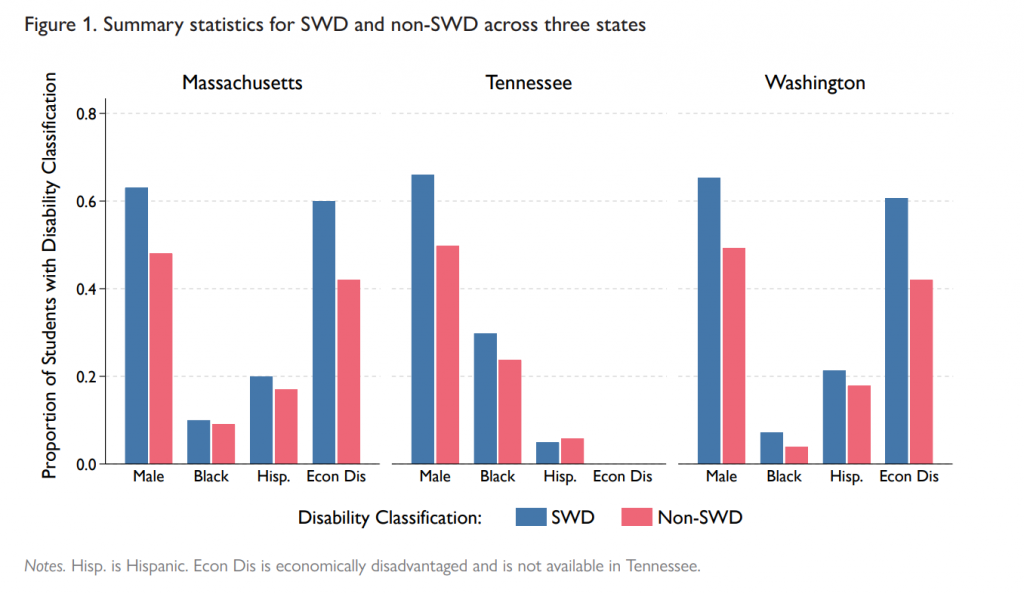
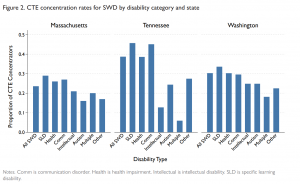

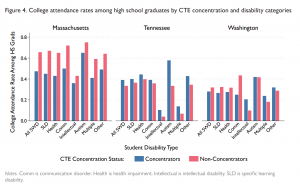

 On June 15, Advance CTE held the second of three events in our Virtual June Meeting Series. The series offers three opportunities to equip Career Technical Education (CTE) leaders with the latest research and innovations, empower them to succeed, and elevate their work to raise awareness of the value of CTE.
On June 15, Advance CTE held the second of three events in our Virtual June Meeting Series. The series offers three opportunities to equip Career Technical Education (CTE) leaders with the latest research and innovations, empower them to succeed, and elevate their work to raise awareness of the value of CTE. 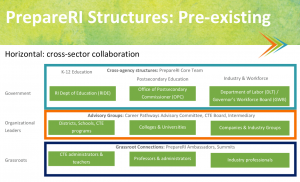
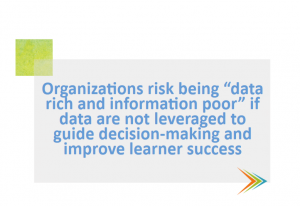 Peter Plourde
Peter Plourde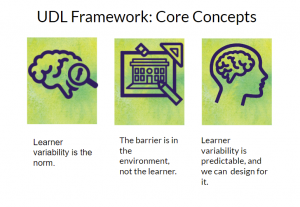
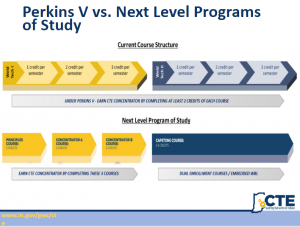
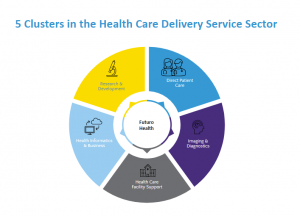
 ths, Advance CTE and the Institute of Education Sciences (IES) have worked together to highlight the power of Career Technical Education (CTE) research partnerships in improving quality and equity in CTE. In
ths, Advance CTE and the Institute of Education Sciences (IES) have worked together to highlight the power of Career Technical Education (CTE) research partnerships in improving quality and equity in CTE. In  There is good news for state leaders and researchers interested in initiating CTE research partnerships. NCER has just released its Fiscal Year 2021 Request for Applications (RFA) for its
There is good news for state leaders and researchers interested in initiating CTE research partnerships. NCER has just released its Fiscal Year 2021 Request for Applications (RFA) for its 
 Cliff – I would say that the particular catalyst for our most recent partnership is our desire as an agency to understand the waitlist demand issues related to
Cliff – I would say that the particular catalyst for our most recent partnership is our desire as an agency to understand the waitlist demand issues related to  Marc – When we were doing needs sensing with the states in our region, particularly with South Dakota, CTE emerged as a pretty high priority area. We needed to determine what the research questions were, what questions we could actually address, and what data were available that could be used in those research projects. So, this work started off as a technical assistance project where we were working with South Dakota pretty closely and getting all of the relevant players around a table and going through and mapping their data. And it was quite a long process.
Marc – When we were doing needs sensing with the states in our region, particularly with South Dakota, CTE emerged as a pretty high priority area. We needed to determine what the research questions were, what questions we could actually address, and what data were available that could be used in those research projects. So, this work started off as a technical assistance project where we were working with South Dakota pretty closely and getting all of the relevant players around a table and going through and mapping their data. And it was quite a long process.


 Career Technical Education (CTE) is gaining widespread interest and support from state policymakers, who see it as a strategy to expand access to opportunity and meet employer needs. Between 2014 and 2018, states
Career Technical Education (CTE) is gaining widespread interest and support from state policymakers, who see it as a strategy to expand access to opportunity and meet employer needs. Between 2014 and 2018, states